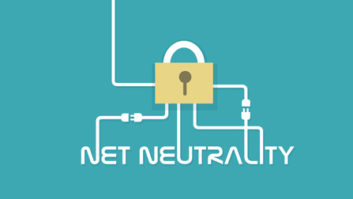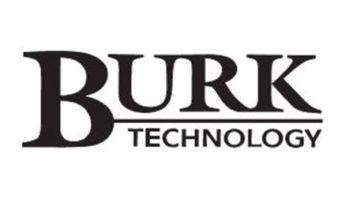(click thumbnail)If you are a radio station chief engineer, chances are you are responsible for several, maybe dozens, of stations. If you are a group’s engineering manager, the universe is even larger.
Technical types can use every tool available to help monitor operational performance at a multitude of stations, which may be co-located, across town or in the next state.
Dawning Technologies of Fairport, N.Y, has created such a tool with its Secure Network Interface unit.
Cut out the middleman
To cut right to the chase, the SNI converts a standard serial connection to TCP/IP protocol, without the expense and hassle of an intermediary.
The “intermediary,” of course, is a host computer. The SNI has to be configured to the device inputting data to it, and there is an extensive list of applets on the Dawning Technologies Web site at www.dawning.com. The SNI can be configured to work with any system as long as it has serial output. The company’s programming staff can assist with the configuration or you can do it yourself.
Once on the Internet, the SNI has its own IP address, and thereafter, logging on to it allows the user to display and monitor any device connected to the SNI exactly as if it were the device itself. User-definable settings allow for restricted access and, as the name implies, the Secure Network Interface is, in fact, secure.
According to Dawning, the company’s background is in making connectivity equipment for the medical and clinical market for 25 years.
The SNI itself was created for the medical community. Numerous applets have been created to interface to a variety of medical equipment.
Dawning saw an expanded market in other industrial fields, and from our test, has hit pay dirt by extending the applications to broadcasting.
One catch is the relative newness of Dawning to the broadcasting field. Because the medical apps business is much more mature, dozens of interfaces are written for that area. Not so in the area of broadcasting.
Dawning tells that new applications are being written all the time, and in the event one does not exist for a specific use, the company will provide the development kit for a do-it-yourself program or will write a custom application on a work-for-hire basis.
Either way, it seems a minor inconvenience for a slick addition to an operator’s bag of tricks.
The cost of the unit is $595, with a one-year hardware warranty.
The company sells the product direct. The unit packs a lot of power in a small frame. The unit is not rack-mountable, but the desktop footprint is small, only slightly larger than an external modem. RJ-45 jacks provide connectivity.
John Selmyer, CEO of Dawning, initially envisioned the SNI as a way for broadcasters to monitor EAS encoder/decoders remotely, and our SNI unit was configured to interface with a TFT EAS unit.
In this mode, EAS operations and logs can be monitored and stored from any remote location simply by logging onto the Internet from any computer, and typing in the proper IP address. Voila, instant access to the TFT box.
The SNI is advertised as being fully bidirectional. Even though Dawning configured our test unit as a remote monitoring device for the TFT, RS-232 serial connections inherently are bidirectional, so it seems a small step to add control functions to the monitoring/logging functions.
The SNI has lots of on-board storage (700 kb), and can be formatted to store and present data in HTML, or deliver it using FTP or email formats, among others.
With regard to performance: the SNI was transparent. If you like the way the TFT performs, you will like the way the SNI performs. This is the essence of a good utility product: it doesn’t get in the way of, or even appear tangential to, the host product. The SNI passes this test with flying colors.
The SNI comes in a small package, only slightly larger than an external modem, and in fact, incorporates some of the same conveniences. Connect-ions were straightforward, and anyone with the slightest understanding of computers and the Internet – certainly any technically minded broadcast engineer – will have the SNI up and running within an hour of unpacking it.
About the only downside to the SNI, other than the relative paucity of broadcast applications available, is the incredible flexibility this little piece of hardware offers to the overworked station engineer. Of course, this is a tongue-in-cheek criticism; but the creative engineer no doubt will spend long hours inventing uses for this neat little gadget.













